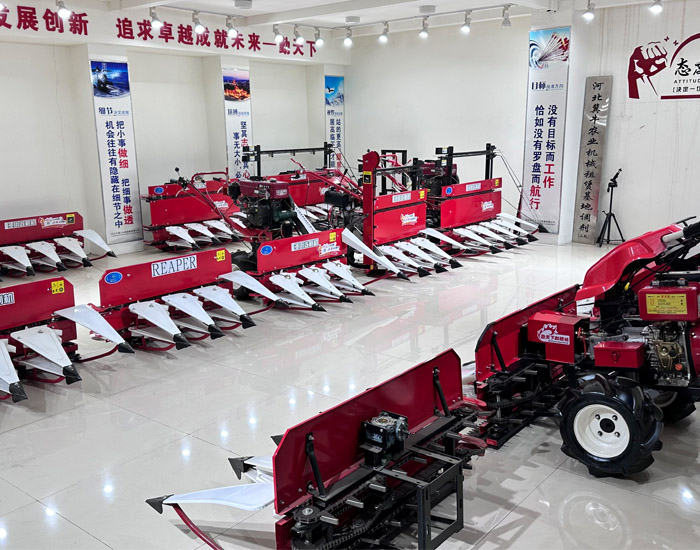Compact Harvesters for Small Farms Boosting Efficiency and Productivity in Agriculture
The Rise of Small Farm Combine Harvesters
In recent years, the agricultural landscape has witnessed significant changes, especially in how small-scale farmers approach harvesting. With the development of technology and an increasing emphasis on efficiency, small farm combine harvesters have emerged as game-changers for rural growers. These versatile machines are not only designed to enhance productivity but also to cater specifically to the needs of smallholders who may not have had access to such advanced equipment before.
Understanding Small Farm Combine Harvesters
A combine harvester, traditionally used for large-scale agricultural operations, combines the tasks of reaping, threshing, and winnowing into one process, resulting in a smooth and efficient harvesting cycle. Small farm combine harvesters are scaled-down versions of these machines, optimized for smaller fields and diverse crop varieties. They provide an array of benefits that enhance both the productivity and profitability of small farms.
Advantages of Small Farm Combine Harvesters
1. Increased Efficiency One of the most significant benefits of small farm combine harvesters is the substantial increase in harvesting efficiency. These machines can complete the harvesting process in a fraction of the time it would take using traditional methods such as manual labor or smaller, less efficient machines. This time-saving aspect allows farmers to reduce labor costs and mitigate the risks associated with unpredictable weather conditions during the harvesting season.
2. Versatility Small combine harvesters are designed to handle multiple crop types, making them versatile tools for farmers who grow various crops throughout the year. From grains like wheat and barley to pulses and even some vegetables, these machines can adapt to different harvesting needs, thus giving farmers the flexibility to diversify their operations.
3. Reduced Labor Requirement The labor shortage in agriculture is a pressing issue in many regions. Small farm combine harvesters significantly reduce the reliance on manual labor, which can be both scarce and costly. By automating the harvesting process, farmers can focus their efforts on other essential aspects of their operations, such as planting and crop management.
small farm combine harvester

4. Cost-Effectiveness While the initial investment for a small combine harvester may seem daunting, many farmers find that the long-term savings in labor costs, increased yields, and reduced harvesting time quickly justify the expense. Additionally, various government programs and agricultural grants may be available to assist small farmers in acquiring such technology.
Technological Innovations
The evolution of technology has played a pivotal role in the development of small farm combine harvesters. Innovations such as GPS, precision farming techniques, and advanced sensors have been integrated into these machines, allowing farmers to gather data and make informed decisions regarding their harvests. For instance, GPS technology enables farmers to optimize their harvesting routes, further enhancing efficiency while minimizing fuel consumption.
Moreover, many modern small combine harvesters are equipped with features that allow for real-time monitoring and data collection, helping farmers track their yields, monitor crop health, and plan future planting cycles based on actionable insights.
Conclusion
The introduction of small farm combine harvesters is revolutionizing the agricultural practices of small-scale farmers. By boosting efficiency, offering versatility, and reducing labor requirements, these machines are not only increasing productivity but also contributing to the sustainability and economic viability of small farms. As technology continues to advance, it is likely that these harvesters will become even more sophisticated, accessible, and essential for rural communities worldwide.
Embracing these machines is a step towards modernizing agriculture, empowering small-scale farmers, and ensuring food security for future generations. As farmers adapt to these changes, the potential for growth and innovation in the agricultural sector will continue to expand, securing a robust future for small farms everywhere.
Latest news
-
When to Upgrade Your Old Forage HarvesterNewsJun.05,2025
-
One Forage Harvester for All Your NeedsNewsJun.05,2025
-
Mastering the Grass Reaper MachineNewsJun.05,2025
-
How Small Farms Make Full Use of Wheat ReaperNewsJun.05,2025
-
Harvesting Wheat the Easy Way: Use a Mini Tractor ReaperNewsJun.05,2025
-
Growing Demand for the Mini Tractor Reaper in AsiaNewsJun.05,2025







